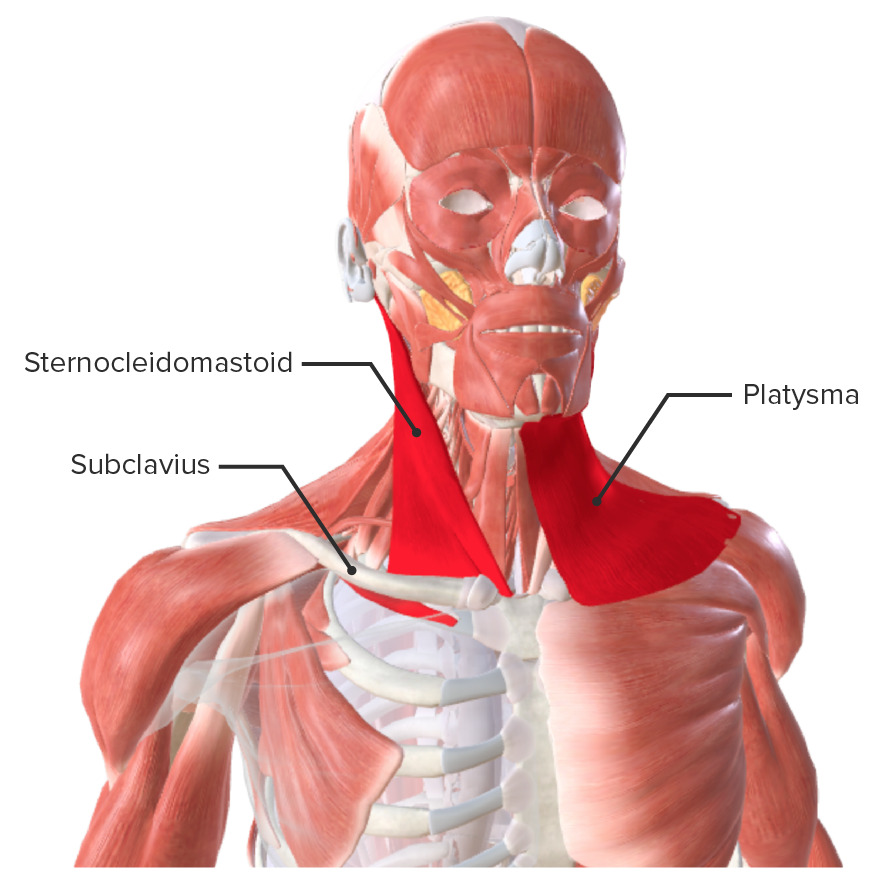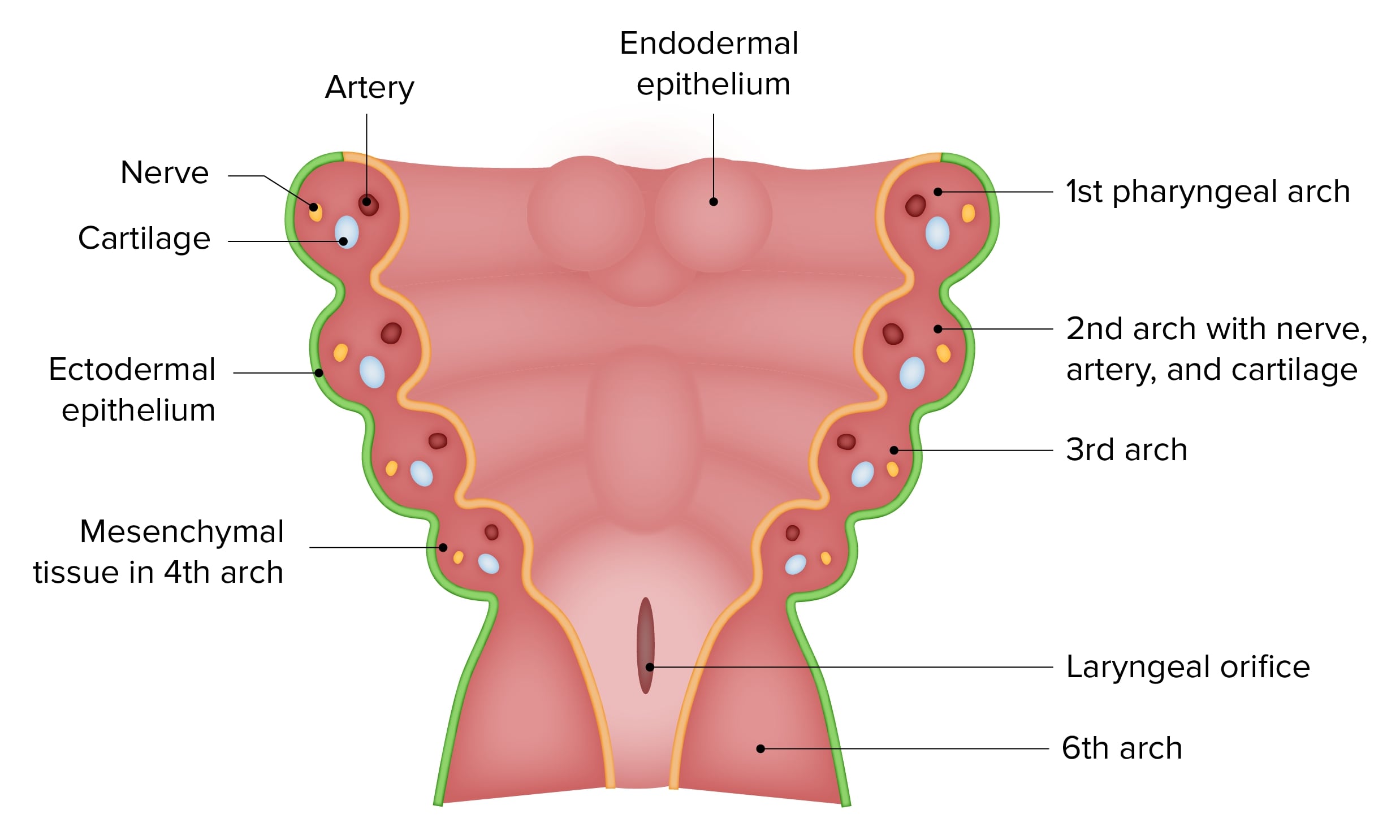Playlist
Show Playlist
Hide Playlist
Endobronchial Tube: Positioning – Anesthesia for Special Operations
-
18 -Anaesthesia for special operations.pdf
-
Download Lecture Overview
00:00 This is just an example of what can go wrong. So, the slide shows the diagram at the top is a left endobronchial tube that has been pushed too far down into the left mainstem bronchus. And you can see that the distal cuff, the cuff at the end of the tube, has obstructed the left upper area of the lung. 00:24 And that portion of the lung will not be ventilated if you're ventilating through the tube. You'll ventilate the lower lobe of the lung and the lingula of the lung, but you won't ventilate the left upper lobe. 00:36 And if you've got bad lungs, that'll be insufficient lung area to maintain oxygenation. In the lower picture, you have a right sided endobronchial tube that is misplaced. And it's misplaced again because it's been pushed too deeply into the right mainstem bronchus. And what's happened here is that, the proximal cuff, the tracheal cuff, has occluded the right mainstem bronchus at the level of the carina. And the hole in the distal cuff has passed the right upper lobe bronchus. This makes it very difficult to get even ventilation through the lung. And through serendipity more than anything else, in the picture there is a suggestion that there is some gas making it into the right upper lobe. But you can see there's also a leak right at the tracheal cuff, so it's probably extremely difficult to ventilate. The problem with placing a right endobronchial tube is trying to make sure that the hole in the distal cuff is adjacent to the hole for the right upper lobe bronchus. And it's hard to see that. You use a fiber optic bronchoscope, you look down, you try to look through the hole in the cuff, and try to identify the right upper lobe bronchus. But it's very difficult to do because the right upper lobe bronchus is not terribly big and it's easy to miss it. And it's very hard to turn the tip of the bronchus, go completely into a right angle and go up through the hole in the distal cuff. 02:12 So, many, as I mentioned, many anesthesiologists prefer to always use a left sided cuff. 02:18 Here's another option however. If you don't want to use an endobronchial tube, you can use a standard endotracheal tube, which is what is shown in this slide, and a bronchial blocker. 02:30 So the bronchial blocker in this case has been pushed down into the left mainstem bronchus and has occluded the left mainstem bronchus. This is all done under direct vision using fiber optic bronchoscope. 02:42 When that blocker's in place, it's impossible to ventilate the left lung. It's completely isolated from the right lung. And that's probably what the anesthesiologist wants. If they get to a point where they want to ventilate the left lung, they have to pull the blocker back. They cannot ventilate that lung unless the blocker's out of the way. They can deflate the cuff in the blocker and try to ventilate that way. But the normal thing is to deflate the cuff and pull the blocker back. And if you have to replace it, go back down with your fiber-optic scope and reposition under that direct vision. Some anesthesiologists who do a lot of thoracic work, prefer this technique to using an endobronchial tube.
About the Lecture
The lecture Endobronchial Tube: Positioning – Anesthesia for Special Operations by Brian Warriner, MD, FRCPC is from the course Anesthesia in Special Situations.
Included Quiz Questions
How should the hole in the distal cuff of a right-sided endobronchial tube be positioned relative to the right upper lobe bronchus?
- Adjacent to the opening of the bronchus
- Beyond the opening of the bronchus
- Above the opening of the bronchus
- Not near the bronchus
- In the trachea
Why is intubation in the left mainstem bronchus preferred?
- The right upper lobe brochus is easily occluded with right-sided placement.
- It is shorter than the right bronchus.
- It is wider than the right bronchus.
- Both are equally preferred.
- It is less torturous than the right bronchus.
How is a bronchial blocker placed?
- With a fiber-optic bronchoscope
- Blindly positioned
- Through an endobronchial tube
- With the help of a laryngoscope
- With an laryngeal mask airway
Customer reviews
5,0 of 5 stars
| 5 Stars |
|
5 |
| 4 Stars |
|
0 |
| 3 Stars |
|
0 |
| 2 Stars |
|
0 |
| 1 Star |
|
0 |






